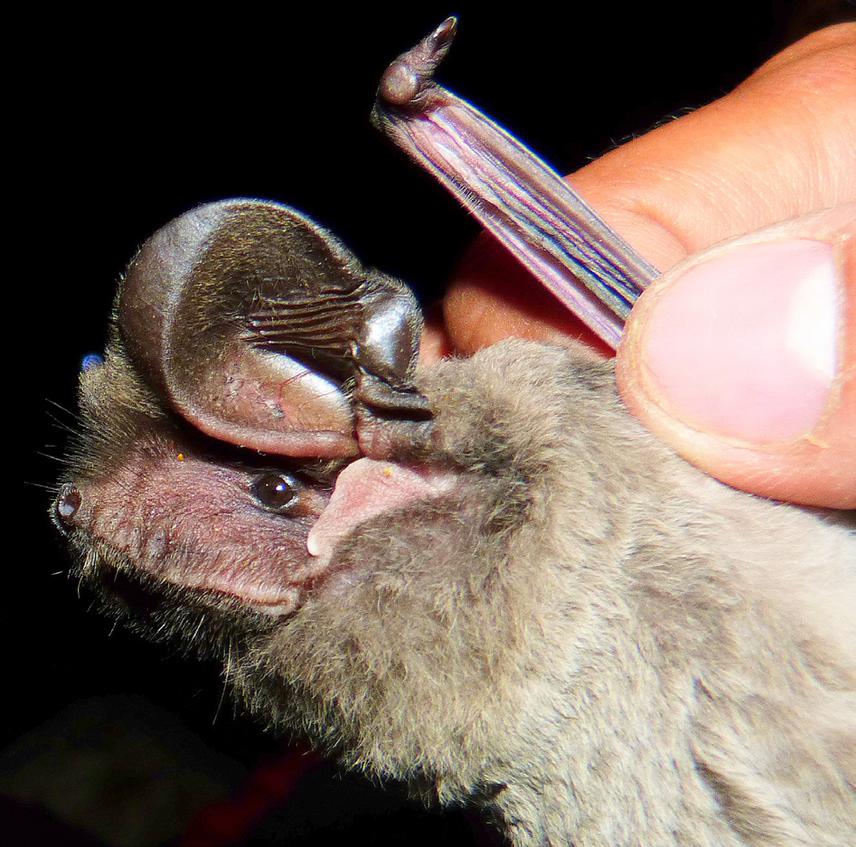Article featuring the project.
Rohit Chakravarty
Other projects
2 Feb 2018
Establishing a Paradigm for Long-Term Monitoring of Bat Communities along an Elevational Gradient in the Himalayas of Uttarakhand
The main aims of the project are two-fold- a) carrying out an intensive survey of bats and to try and identify populations of the rare Peter’s bat, b) creating a call library of bats to aid monitoring and conservation in this ecologically-sensitive region.

Tadarida teniotis.
India has over 120 species of bats. Despite their diversity, little information is available about the status and distribution of even common species of bats, partly owing to the lack of reliable call libraries. The Peter’s Tube-nosed Bat, the least-known bat in India, is known from just two specimens collected in Garhwal region of Uttarakhand in Western Himalayas in 1872 and Mizoram in Northeast India in 1995. Uttarakhand has undergone large-scale developmental projects and unplanned land-use changes over the past few decades. Our project stems from the concern that the Peter’s Bat might be extirpated if efforts are not taken towards identifying and prioritizing conservation of its populations.
Sampling will involve systematically searching for roosts in caves and abandoned houses, foliage and tree hollows during the day. Night sampling will be done by installing mist nets and harp traps at various habitat types—dense to open forests, streams, orchards and around human habitation. On capture, bats will be identified to species based on morphological characters and measurements. Finally, echolocation calls will be recorded using a bat detector while releasing the bats.
Apart from being the first effort to identify viable populations of the Peter’s Bat, our project will be the first systematic survey of bats in Uttarakhand which will create baseline data on status and distribution of different species of bats in the state. Since acoustics have become an integral component of ecological studies on bats, a call library emerging from this study will be an essential pre-requisite for research, monitoring and conservation in Uttarakhand (and Western Himalayas).
Public outreach is also an important part of our project. Outreach events will be targeted at introducing people to bats through presentations and field outings using bat detectors. At the end of the project, we aim to produce a foldable pocket guide to the bats of the Western Himalayas for distribution to students and amateur naturalists.